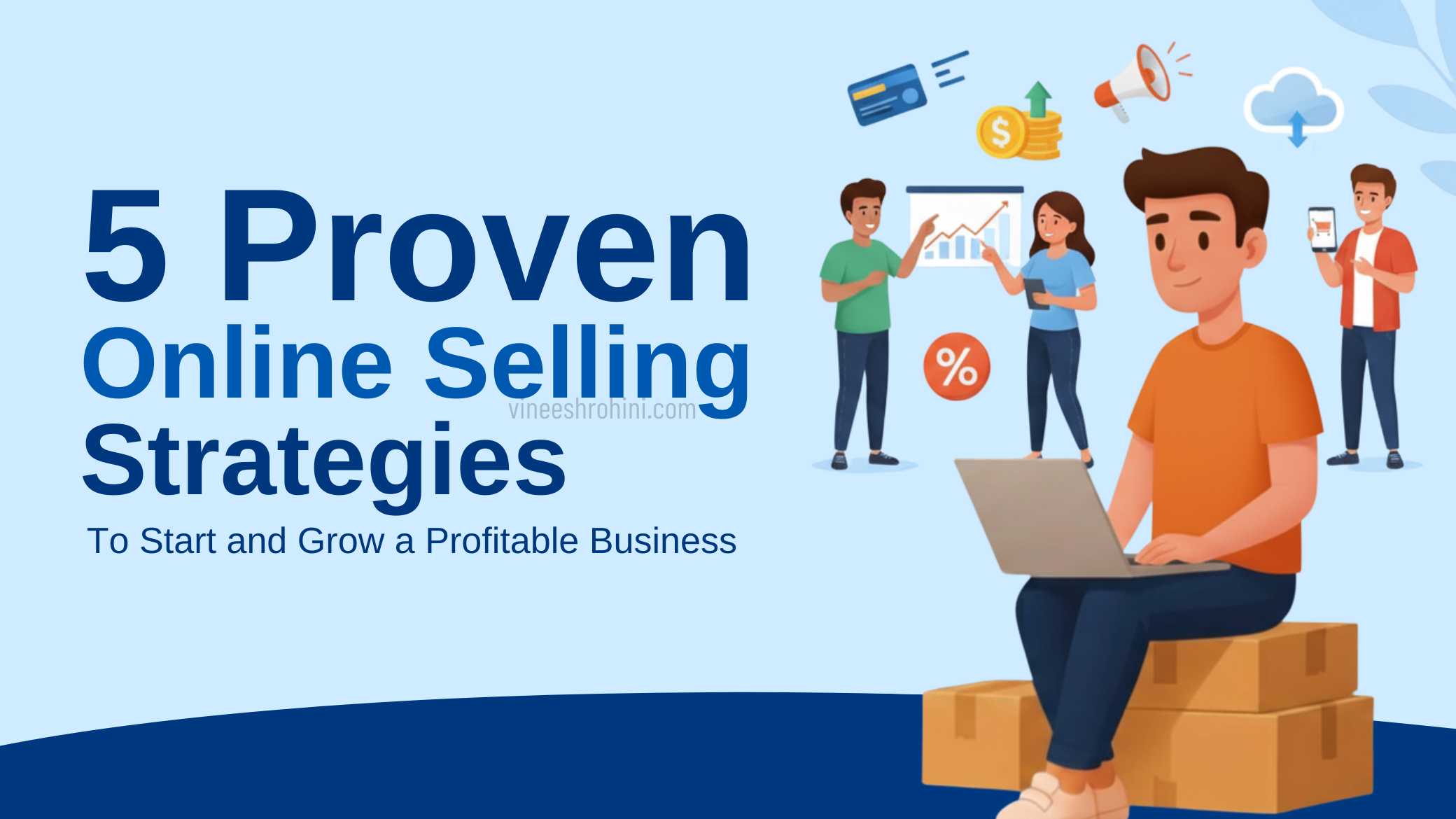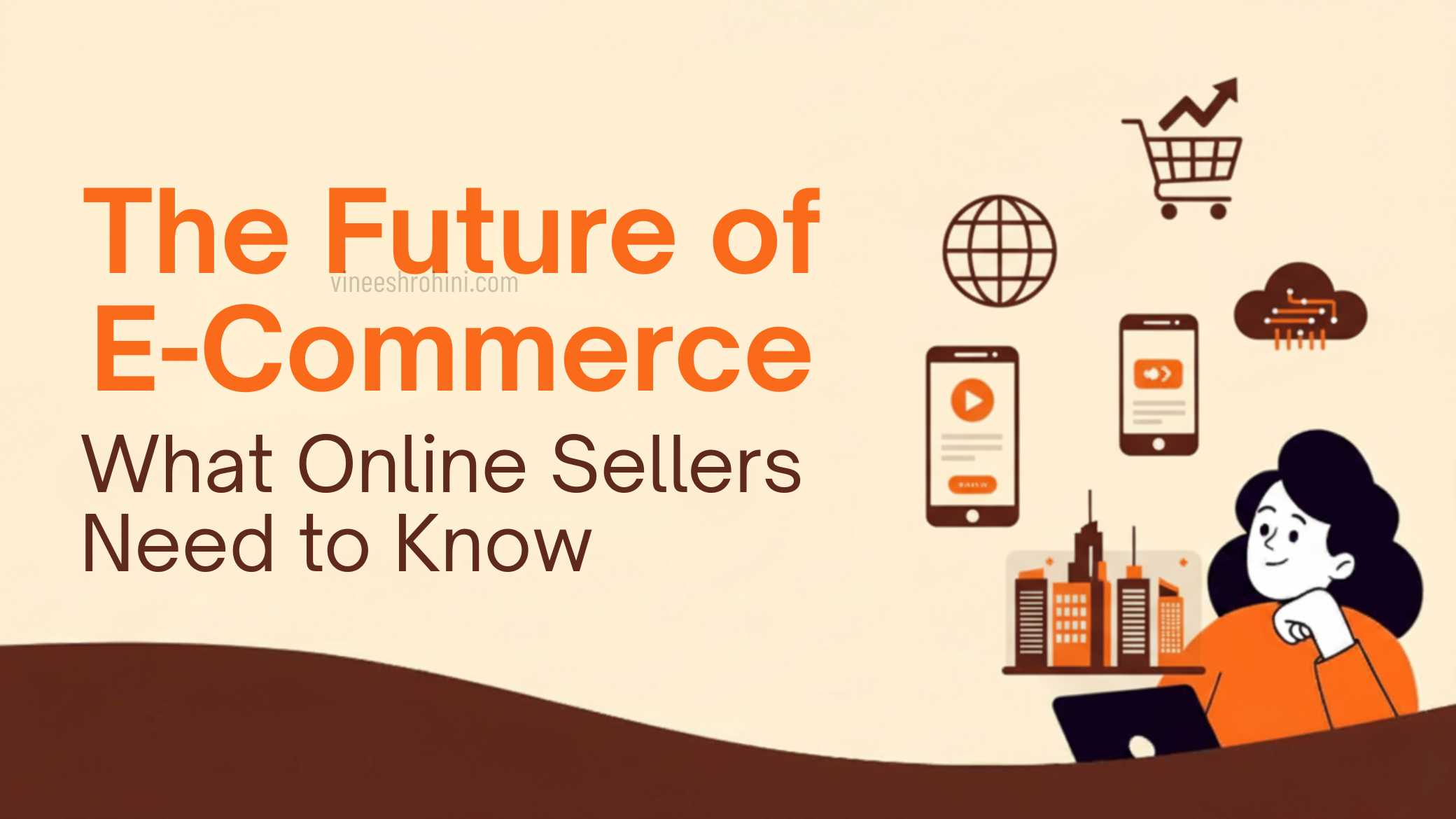5 Tips for Effective Small Business Branding in 2025 – Comprehensive Guide
Small Business Branding : In 2025, small businesses are no longer just competing locally—they’re competing globally. With digital platforms giving every entrepreneur a voice, standing out has become both easier and harder at the same time. Easier because you have countless tools at your disposal; harder because everyone else does too.
That’s where branding comes in. Strong branding doesn’t just make your business recognizable—it makes it memorable. It’s what transforms a small business into a trusted name that customers return to and recommend.
Whether you’re just starting or trying to refresh your brand identity, these five powerful branding tips will help you build a distinctive, consistent, and emotionally engaging brand that thrives in 2025 and beyond.
1. Define a Clear and Authentic Brand Identity

Before you create a logo or launch an ad campaign, you need to know who you are as a brand. Your brand identity is your business’s DNA—it defines your purpose, your voice, and how your audience perceives you.
Key Elements of a Strong Brand Identity
- Mission Statement: What’s your business’s purpose beyond making money? Example: “To make eco-friendly fashion accessible to everyone.”
- Vision Statement: Where do you see your business in the future? Example: “To be the leading sustainable clothing brand in Asia.”
- Core Values: Identify the beliefs that guide your decisions (e.g., honesty, innovation, inclusivity).
- Target Audience: Know who you’re talking to. Who are your ideal customers? What do they value?
- Brand Personality: Decide how your business should “feel.” Are you friendly, authoritative, bold, or artistic?
When you clearly define these aspects, your marketing becomes consistent and purposeful. You’ll attract customers who connect with your values and style—making every interaction more meaningful.
Also Read : Trendjacking in 2025 : How to Do It for Your Brand – Comprehensive Guide
Pro Tip: Write a brand identity document that outlines your tone, colors, and visual elements. It ensures consistency when your brand grows or when you bring others onto your team.
2. Craft a Brand Story That Connects Emotionally
In 2025, customers aren’t just buying products—they’re buying stories. People want to know who you are, why you started, and what you stand for. A compelling brand story can make your small business feel human, authentic, and relatable.
How to Build a Compelling Brand Story
- Start with Your “Why”: Why did you start your business? Was it to solve a problem, fulfill a passion, or make a difference?
- Show the Struggle: Every great story includes a challenge. What obstacles did you overcome to build your brand?
- Highlight Transformation: Show how your product or service changes people’s lives or solves real problems.
- Make the Customer the Hero: Don’t make your brand the star—make your customer the main character. Your brand should guide them to success.
- Keep It Authentic: People can sense fake stories. Stay genuine and speak with honesty.
Example:
If you run a local coffee brand, don’t just say, “We sell great coffee.” Instead, share your journey: “We started our coffee roastery in 2017 after traveling to plantations in Kerala and realizing how many local farmers were underpaid. Our mission is to bring premium, fairly traded coffee to Indian homes while supporting rural growers.”
That’s a story people remember—and more importantly, support.
3. Be Consistent Across Every Channel

Consistency is what separates a memorable brand from a forgettable one. Your audience should instantly recognize your business whether they see your website, Insta page, or product packaging.
Areas to Maintain Consistency
- Visual Branding: Use the same logo, fonts, and color palette everywhere—your website, ads, packaging, and even email signatures.
- Messaging & Tone: Your voice should sound the same across all communication. Whether you’re writing captions or responding to DMs, keep your tone aligned with your brand’s personality.
- Customer Experience: How you treat customers should reflect your values. If your brand is about “simplicity,” your buying process should be effortless.
- Social Media Presence: Every post, story, and reel should feel like it belongs to your brand—both visually and emotionally.
- Offline and Online Integration: If you have a physical store, make sure the look and vibe match your online presence. Customers should experience your brand consistently across every touchpoint.
Pro Tip: Create a simple “Brand Style Guide” that includes logo usage, color codes, typography, image styles, and messaging rules. This helps maintain brand harmony as your business scales.
4. Build Emotional Connection and Customer Loyalty
In an era where customers have endless choices, emotion drives decision-making. The most successful small businesses are those that build emotional connections—where customers don’t just buy from them but believe in them.
Ways to Build Emotional Loyalty
- Deliver Outstanding Experiences: Every touchpoint—from first contact to after-sales service—should exceed expectations.
- Personalize Communication: Use customer data to personalize emails, recommendations, and offers. People love brands that “get them.”
- Reward Loyalty: Offer loyalty programs, exclusive discounts, or early access to new products. Appreciation builds repeat customers.
- Encourage Community: Build a sense of belonging. Whether through social media groups, workshops, or newsletters, create spaces where your customers can engage with your brand and with each other.
- Stand for a Cause: Align your brand with social or environmental causes that reflect your values. Customers feel proud supporting brands that give back.
Example:
A handmade jewelry brand could highlight how each purchase supports women artisans from local communities. Customers don’t just buy jewelry—they buy into empowerment and purpose.
When your customers feel emotionally invested, they become brand advocates who promote your business for free—because they believe in it.
5. Use Digital Tools to Strengthen Your Brand Presence

Your digital footprint defines your brand’s visibility and reputation. In 2025, small businesses can compete with big players by using the right digital strategies.
Here’s How to Strengthen Your Online Branding
1. Build a Professional Website
Your website is your digital storefront. It should be clean, fast, mobile-optimized, and reflect your brand’s personality. Include:
- A compelling homepage that communicates your mission.
- Customer testimonials for credibility.
- Clear calls-to-action (CTAs) that guide visitors to buy or sign up.
- Brand-consistent visuals and tone.
2. Optimize for SEO (Search Engine Optimization)
Make sure your brand shows up when people search for solutions you provide.
- Use AI-powered SEO tools to find keywords your audience searches for.
- Optimize your website structure, page titles, and content.
- Publish blogs regularly to position your brand as an authority in your niche.
3. Leverage Social Media Smartly
Don’t try to be everywhere—focus on platforms your audience actually uses.
- Post consistently using a mix of educational, entertaining, and promotional content.
- Showcase behind-the-scenes glimpses to build authenticity.
- Engage actively: reply to comments, DMs, and reviews.
4. Invest in Content Marketing
Content builds authority and trust. Create blogs, videos, podcasts, and infographics that educate or entertain your audience. Share your expertise freely—it builds brand credibility and drives organic reach.
5. Use Email Marketing to Stay Connected
Email marketing remains one of the highest ROI channels for small businesses.
- Send personalized emails about new products, offers, or updates.
- Automate welcome emails for new subscribers.
- Use segmentation to deliver relevant content to different customer groups.
6. Manage Your Online Reputation
Monitor what people are saying about your brand on G, social media, and review sites.
- Respond quickly to both positive and negative feedback.
- Show appreciation for compliments and empathy for complaints.
- Encourage happy customers to leave reviews—it boosts credibility and SEO rankings.
Digital branding allows small businesses to compete on a global scale without massive advertising budgets. Consistency, engagement, and authenticity online build the foundation for lasting visibility.
Common Branding Mistakes to Avoid
Building a brand takes time and strategy, but certain mistakes can slow your progress. Avoid these common pitfalls:
- Inconsistent Branding: Changing logos, fonts, or tones too often confuses customers.
- Copying Competitors: Inspiration is good—but mimicry kills originality.
- Neglecting Customer Experience: Great branding can’t fix poor service.
- Ignoring Feedback: Customer reviews are free insights—use them.
- Overcomplicating Your Message: Keep your brand message simple and clear.
Consistency and authenticity always win in the long run.
How to Measure Branding Success
You can’t improve what you don’t measure. Tracking brand performance helps you understand how your efforts are paying off.
Key Metrics to Track
- Brand Awareness: Measure website traffic, social reach, and mentions.
- Engagement: Track likes, shares, comments, and click-through rates.
- Customer Loyalty: Monitor repeat purchases, subscriptions, and referral rates.
- Customer Perception: Conduct surveys or read feedback to gauge brand sentiment.
- Sales Growth: Ultimately, a strong brand leads to higher conversions and customer retention.
Use analytics tools like G Analytics, HubSpot, or Brandwatch to gather insights and refine your strategy over time.
Why Branding Is the Ultimate Growth Tool

For small businesses, branding isn’t a one-time project—it’s an ongoing process of building trust and creating experiences. A strong brand can:
- Command premium pricing.
- Attract loyal customers.
- Simplify marketing efforts.
- Increase word-of-mouth referrals.
- Strengthen resilience during market fluctuations.
When customers trust your brand, they buy faster, recommend more often, and stick around longer.
Conclusion
In 2025, small business branding is about clarity, connection, and consistency. It’s not about spending huge budgets—it’s about building a brand that feels real, relatable, and reliable.
Here’s a quick recap of what truly works:
- Define who you are. Know your mission, values, and audience.
- Tell your story. Share why you exist and what makes you different.
- Stay consistent. Keep your visuals, tone, and messaging aligned.
- Build emotional loyalty. Connect with customers beyond transactions.
- Own your digital presence. Be visible, engaging, and authentic online.
When done right, branding becomes your most powerful marketing tool. It doesn’t just attract customers—it builds communities, inspires loyalty, and turns your business into something people believe in.
Buy Now : Ecommerce Website
In a marketplace full of noise, authenticity will always cut through. Your brand is not just what you sell—it’s the promise you keep, the story you tell, and the experience you deliver.
Disclaimer
This article is for informational purposes only. Results may vary based on individual business strategies and market conditions. Readers should research or seek professional advice before applying these branding methods.
Keywords : Small Business Branding – Small Business Branding 2025



